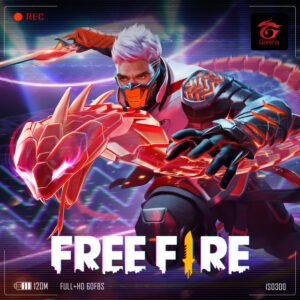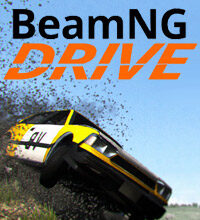Rami Ismail’s Australia Did It Unveils a New Genre: A Deep Dive into ‘Tactical Reverse Bullet Hell’
Popular Now
 R.E.P.O
R.E.P.O
 Toca Boca World
Toca Boca World
 CarX Street
CarX Street
 Free Fire Max
Free Fire Max
 PUBG Mobile
PUBG Mobile
 Brawl Stars
Brawl Stars
 Black Myth: Wukong
Black Myth: Wukong
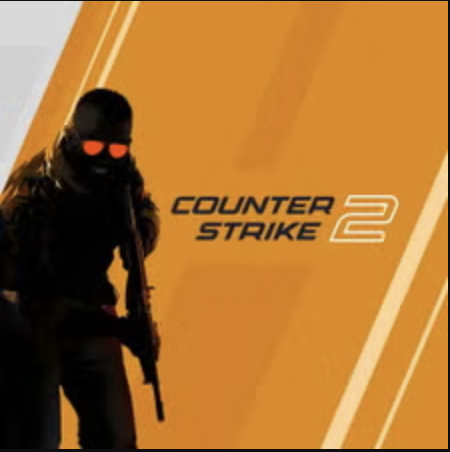 Counter-Strike 2
Counter-Strike 2
 Rust
Rust
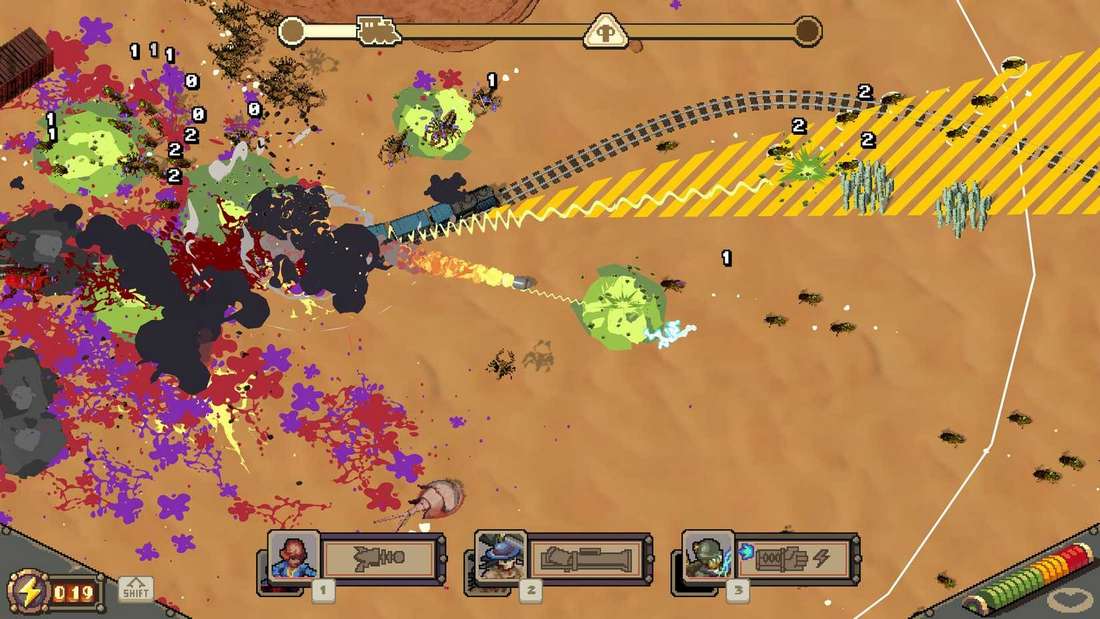 In a bold move that challenges the prevalent trend of safe, derivative game design, celebrated developer Rami Ismail (known for his work on Nuclear Throne and Luftrausers) has officially unveiled his latest project: Australia Did It. Co-developed by Aesthetician Labs and published by the innovative Mystic Forge, the game is set to launch on PC via Steam later this year. This title is not merely a game; it is an experiment in genre-blending, coining the entirely new category: the Tactical Reverse Bullet Hell. This news represents a significant development for indie game innovation and a high-stakes bet on creative risk in the increasingly cautious global games market, an environment often criticized by Ismail himself for failing to support genuine experimentation.
In a bold move that challenges the prevalent trend of safe, derivative game design, celebrated developer Rami Ismail (known for his work on Nuclear Throne and Luftrausers) has officially unveiled his latest project: Australia Did It. Co-developed by Aesthetician Labs and published by the innovative Mystic Forge, the game is set to launch on PC via Steam later this year. This title is not merely a game; it is an experiment in genre-blending, coining the entirely new category: the Tactical Reverse Bullet Hell. This news represents a significant development for indie game innovation and a high-stakes bet on creative risk in the increasingly cautious global games market, an environment often criticized by Ismail himself for failing to support genuine experimentation.
The concept is an electrifying fusion of methodical strategy and sensory-overload action, designed to deliver peak moments of high-tension gameplay. The game’s setting is as unconventional as its mechanics: players take on the role of hired mercenaries tasked with escorting a precious cargo train across the perilous, post-cataclysmic landscape of a completely drained Atlantic Ocean basin, a seabed now infested with monstrous, mutated creatures. The primary objective is simple, though the path is anything but: deliver the cargo. Survival for the mercenaries is optional; the cargo’s arrival is mandatory.
Gameplay Mechanics: The Strategy-Action Cycle that Defines ‘Reverse Bullet Hell’
The core of Australia Did It revolves around a distinct two-phase gameplay loop that successfully marries two seemingly disparate genres: Turn-Based Tower Defense and the burgeoning Reverse Bullet Hell (or ‘Bullet Heaven’) style of combat popularized by titles like Vampire Survivors. This hybrid structure is the crux of the game’s high engagement rate potential and its claim to a new genre.
Phase 1: Tactical Deployment (‘Defend Your Station’)
Before the cargo train embarks on its journey from each station, players enter a critical strategic planning phase. This pre-combat stage is rooted in turn-based strategy. Players must carefully:
- Deploy Limited Units: Using limited resources, players strategically place their combat units onto a grid-based map surrounding the train. This phase demands thoughtful, almost chess-like positioning to anticipate the waves of incoming monsters. Unit placement strategy is paramount, as a poorly defended flank could doom the entire run.
- Evolve and Merge Units (High CPC: unit merging system): The game introduces a revolutionary unit-merging system. Players can combine two or more existing units on the fly to create new, exponentially more powerful, and wildly varied unit types. With over 30 base unit types and a claimed 1,500+ possible combinations, the system rewards deep experimentation. Creating a new unit is an exciting high-risk, high-reward proposition, demanding players constantly adapt their meta-strategy.
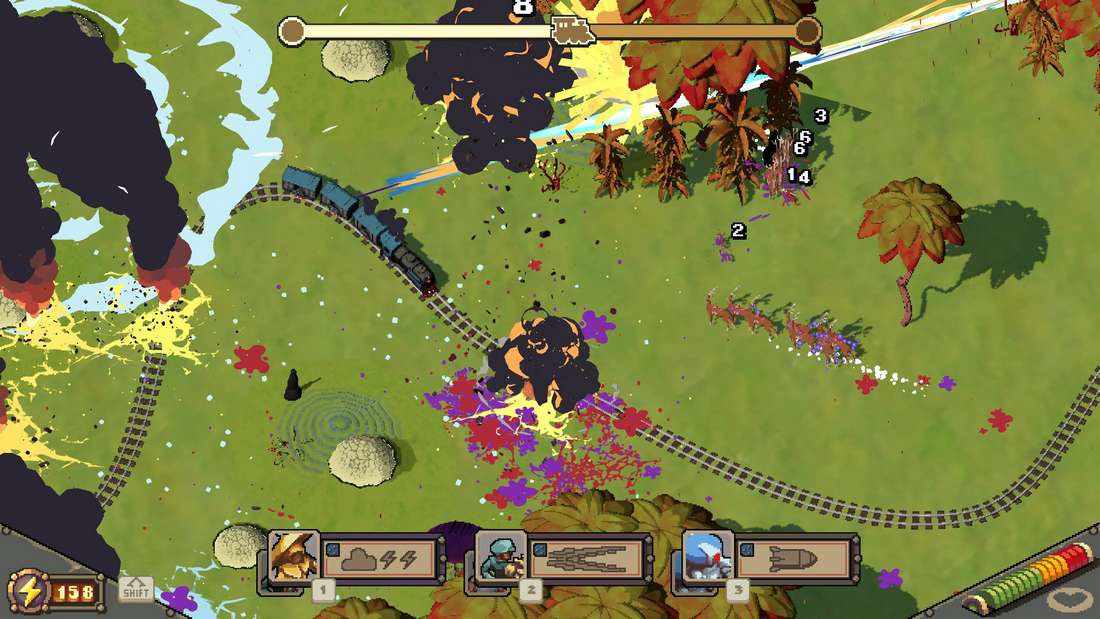 Phase 2: Reverse Bullet Hell Chaos (‘Survive The Sensory Overload’)
Phase 2: Reverse Bullet Hell Chaos (‘Survive The Sensory Overload’)
Once the train departs, the game transitions abruptly into intense, real-time action, flipping the traditional bullet hell formula on its head. In this phase, the player’s deployed units become the source of the overwhelming projectile patterns. Instead of dodging a ‘curtain of death’ from enemies, the player watches their strategically-placed units unleash a dazzling, destructive barrage of ammunition onto the thousands of monsters swarming the moving train. This is the Reverse Bullet Hell aspect—the player is effectively the ‘boss,’ the unstoppable force of chaos and firepower.
- On-Rails Shootout: The combat is an on-rails shootout, forcing the player to manage the evolving real-time threat against their cargo. The sheer volume of enemies and dazzling particle effects promise a sensory-overload experience, a payoff for the preceding methodical deployment.
- Reward Card Customization: Following the successful—or unsuccessful—defense of the cargo to the next station, players can choose from special Reward Cards. These cards grant substantial, run-specific perks, traits, and boosts, allowing for deep, ongoing customization of the strategy. This roguelike element ensures that no two runs are the same, lending immense replay value and supporting creative ‘builds’ that mix and match unit evolutions with powerful card effects.
Rami’s Philosophy: A Critical Stance on Industry Experimentation
The announcement of Australia Did It is accompanied by a powerful philosophical statement from Rami Ismail regarding the state of the AAA video game industry. Ismail argues that a reliance on safe bets, driven by cautious publishers and shareholders, stifles innovation. “The games industry has been failing at supporting developer innovation and experimentation,” he stated. His collaboration with Mystic Forge, a new indie publisher founded by industry veterans with a mandate to support bold, risky projects, serves as a direct, tangible rebuttal to this trend. Mystic Forge’s deliberate hands-off approach allowed Ismail to pursue an idea that “doesn’t need to fit a mold,” marking a return to the ethos of small-team innovation that fueled earlier successes in the independent space.
The game’s seemingly random and provocative title, Australia Did It, and its darkly humorous premise—a drained Atlantic Ocean and mercenaries fighting reanimated ancient weapons and giant bugs—suggests a game that doesn’t take itself too seriously, yet is profoundly serious about its commitment to unique game design concepts.
Conclusion: A High-Value Release for Strategy and Action Fans
Australia Did It is shaping up to be one of the most intriguing and conceptually rich titles of the year. It successfully addresses a gap in the market by offering both the cerebral depth of tactical placement and the visceral gratification of a powerful, offensive reverse bullet hell. For players seeking a genuinely fresh experience that rewards both strategic thinking and quick reflexes, this game, with its promise of 1,500+ unit combinations and strong replayability, warrants a prominent spot on the Steam Wishlist. The fusion of genres is a masterstroke in design, proving that true innovation in gaming is still achievable when creators are given the freedom to take calculated risks. This is a must-watch title for all fans of action strategy games and a compelling case study for the entire industry.
